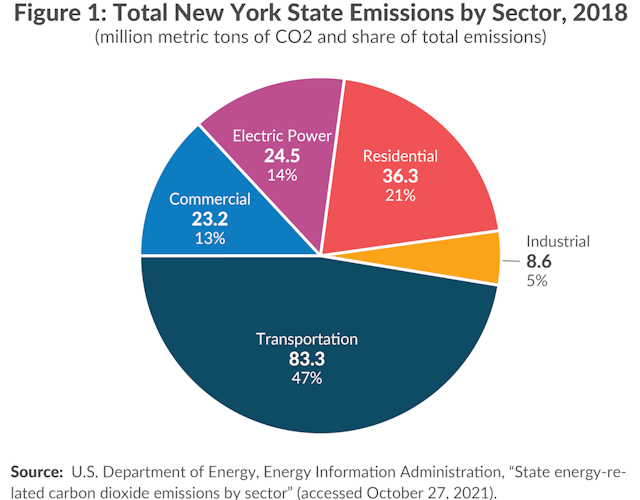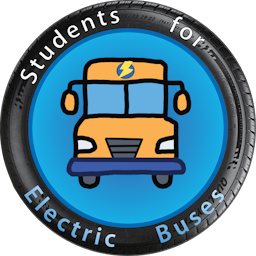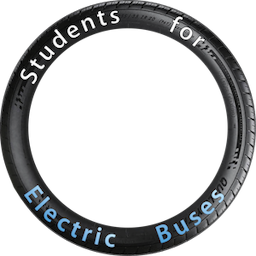The State of the E-Bus
In the United States
School buses emit 9 million metric tons of carbon dioxide into the atmosphere each year (source).
In 2027, e-buses will be as expensive as gas buses (source).
Incentives:- American Rescue Plan ($420 thousand)
- Diesel Emissions Reduction Act ($15.6 million)
- Investment, Infrastructure and Jobs Act ($150 million)
- Inflation Reduction Act ($60 million)
- Volkswagen Clean Air Act Settlement ($6 million)
- Still going
- New York Truck Voucher Incentive Program ($58.3 million)
- Clean Water, Clean Air and Green Jobs Environmental Bond Act of 2022 ($500 million)
- $70 million in Regional Greenhouse Gas Initiative (RGGI)
In New York State

New York State plans 85 percent reduction in greenhouse gas emissions by 2050. This will not be possible without decarbonizing the transportation sector, which accounts for 47% of New York State’s CO2 Emissions (source). 2.3 million students, approximately 10 percent of our nation's pupils, are transported to school on New York State's 45,000 buses (source). All new purchased school buses must be electric in 2027. Although the state is mandating both public and private schools, it is only helping public schools acheive this goal (source).
The American Lung Association in New York has noted that moving the State's entire vehicle fleet to clean transportation would result in up to 159,000 avoided asthma attacks while generating $68.2 billion in public health benefits statewide. (source).
In California
California has been pushing ambitious incentives, including California Air Resources Board (CARB), California’s Hybrid and Zero-Emission Truck and Bus Voucher Incentive Program (HVIP), and California Energy Commission’s School Bus Replacement Program.
Incentives:- California Air Resources Board (CARB)
- California’s Hybrid and Zero-Emission Truck and Bus Voucher Incentive Program (HVIP)
- California Energy Commission’s School Bus Replacement Program
- Clean Vehicle Assistance Program


